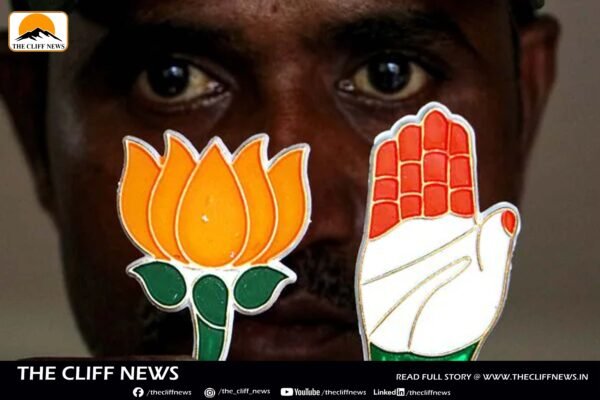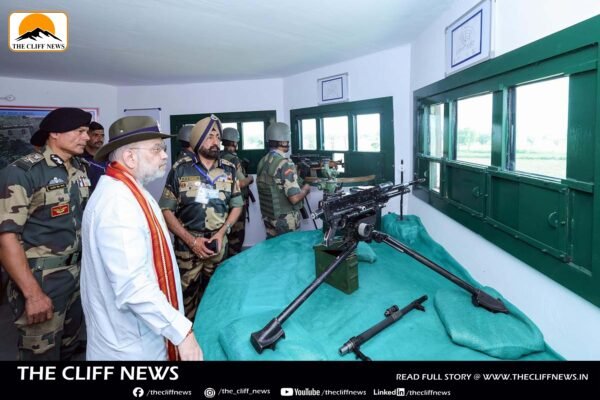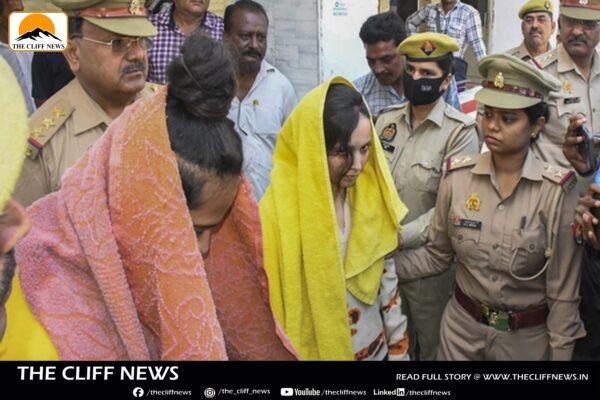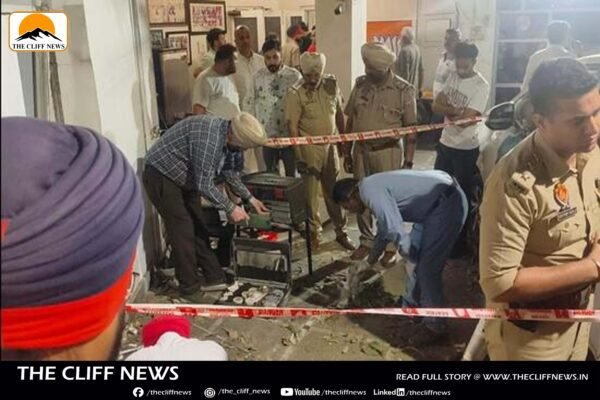Carlsen and Nepomniachtchi Lead the Pack as Freestyle Chess Grand Slam Enters Knockout Stage
The preliminary phase of the Freestyle Chess Grand Slam, hosted in Paris, concluded on Tuesday after an intense eleven-round competition. Twelve world-class players battled it out for eight coveted spots in the knockout phase, with several dramatic turns shaping the leaderboard. Ian Nepomniachtchi and Magnus Carlsen emerged as joint leaders, each finishing with 8.5 points. However, Nepomniachtchi was declared the top finisher due to superior tiebreak scores. Maxime Vachier-Lagrave claimed the third spot with a strong performance, collecting a total of 7 points. Arjun Erigaisi and Nodirbek Abdusattorov also advanced to the knockouts, securing 6.5 points each. Hikaru Nakamura, a fan favorite, qualified with 6 points after a critical draw against Abdusattorov, where he demonstrated resilient endgame defense under severe time pressure. German prodigy Vincent Keymer clinched a place in the top eight with a clutch victory over Fabiano Caruana in the final round, bringing his total to 5.5 points. Despite his defeat to Keymer, Caruana managed to secure a spot in the knockout phase with 4.5 points, largely thanks to Nakamura’s final-round win over Richard Rapport. One of the most surprising developments was the elimination of reigning World Champion Gukesh Dommaraju. The 18-year-old struggled throughout the final day, finishing with just 1.5 points. His hopes were dashed early in the eleventh round after a critical blunder against Nepomniachtchi, which left him on the back foot from the seventh move. Several other prominent players also bowed out, including Praggnanandhaa, Richard Rapport, and Vidit Gujrathi. Gujrathi, who recently got married, delivered a memorable tactical victory over Caruana, featuring a brilliant mating combination, but his earlier losses hindered his overall standing. Rapport, known for his creative flair, showcased a remarkable queen sacrifice for mate, yet fell short of qualification. As the knockout stage approaches, anticipation builds around whether Hikaru Nakamura can carry his momentum forward and potentially claim the title amidst fierce competition.
















